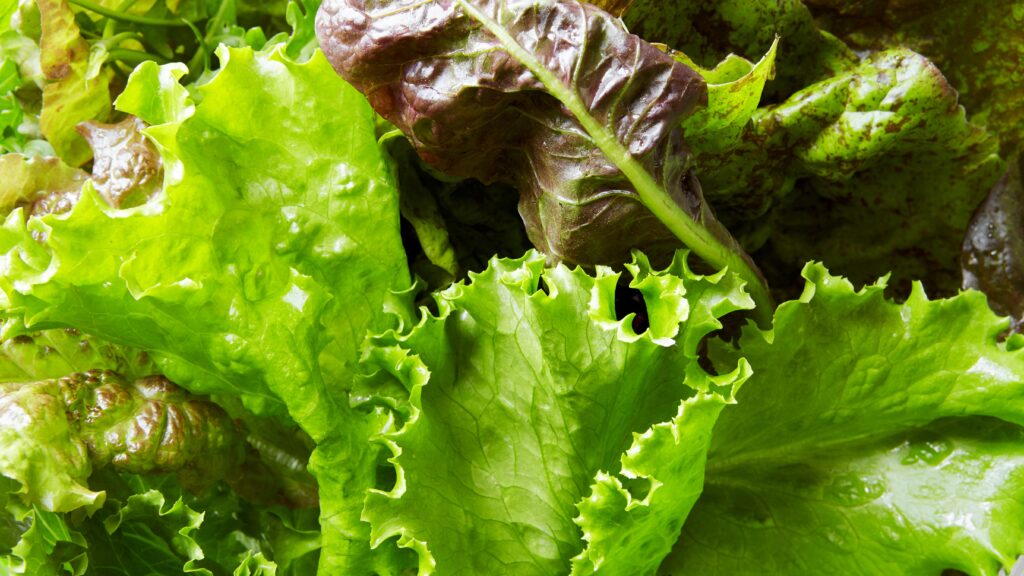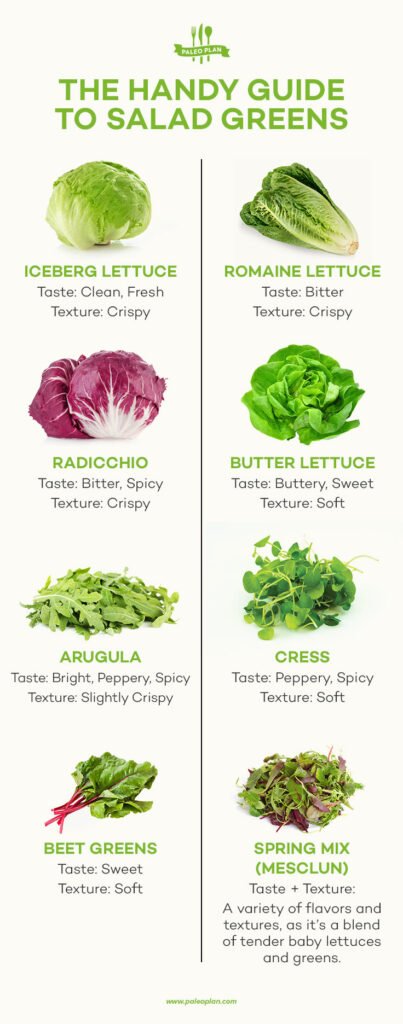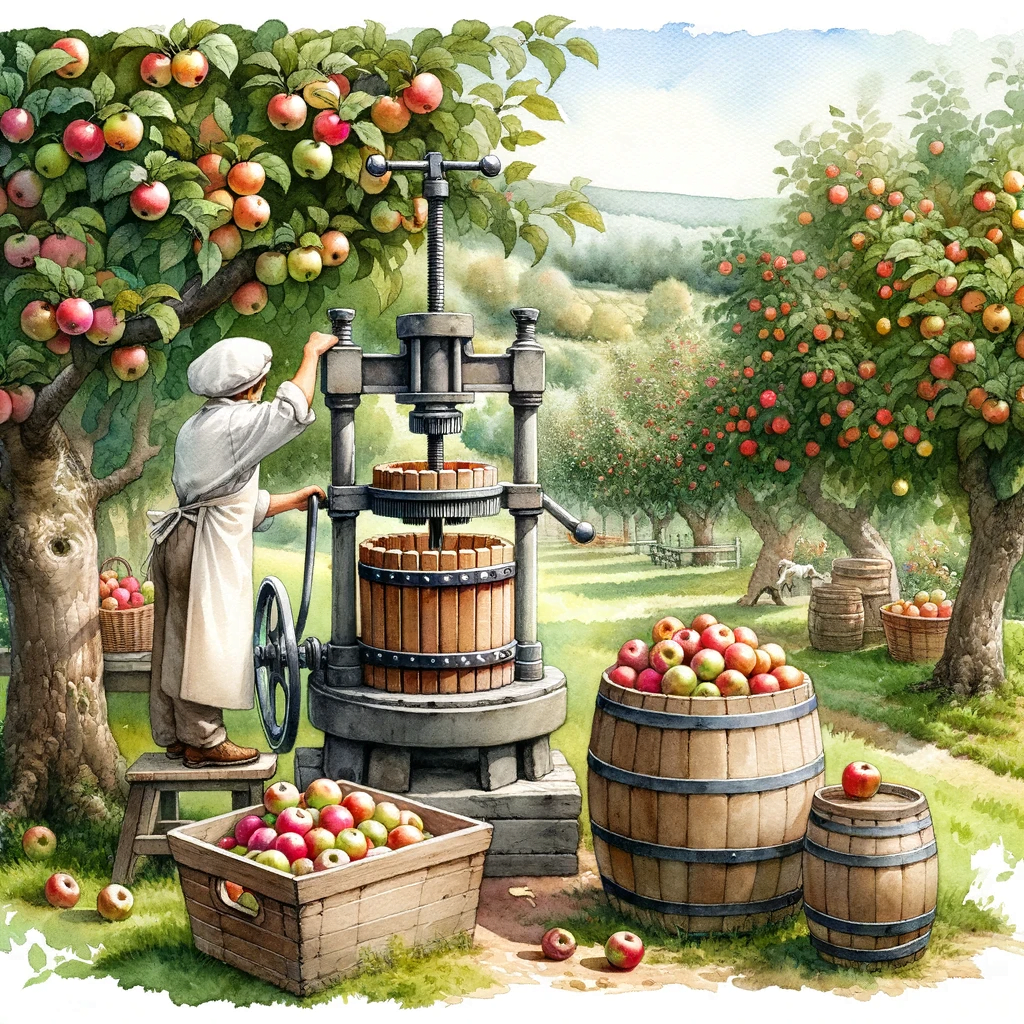So, you’ve always wondered, what exactly does lettuce taste like? Is it bland and flavorless, or does it have some subtle undertones that often go unnoticed? In this article, we’ll explore the taste profile of this leafy green vegetable and unravel the mystery behind its flavor. From its refreshing crispness to the delicate hint of bitterness, get ready to discover the taste of lettuce like never before.
What is the Taste of Lettuce?
Have you ever wondered what lettuce tastes like? Well, you’re in the right place! In this article, we’ll explore the taste of lettuce, the different types available, and how you can enhance its flavor. Whether you’re a lettuce lover or someone curious about incorporating it into your diet, understanding its taste can help you create delicious and satisfying meals.

Overview of Lettuce
Lettuce is a leafy green vegetable that belongs to the Asteraceae family. It is a versatile and widely consumed vegetable across the globe. With its crisp leaves and refreshing taste, lettuce is a popular choice for salads, sandwiches, wraps, and even cooked dishes. Lettuce is low in calories and high in nutrients, making it an excellent choice for those seeking a healthy diet.
Types of Lettuce
There are several types of lettuce available, each with its own unique characteristics and flavor profiles. The most common types of lettuce include:
Iceberg Lettuce: Iceberg lettuce is known for its crunchy texture and mild taste. It has a high water content and is often used as a base in salads or as a topping for burgers.
Romaine Lettuce: Romaine lettuce has elongated leaves with a crisp texture and a slightly bitter taste. It is commonly used in Caesar salads, sandwiches, and wraps.
Leaf Lettuce: Leaf lettuce comes in various colors, including green, red, and speckled varieties. It has a mild and slightly sweet flavor, making it a versatile choice for salads or as a garnish.
Butterhead Lettuce: Butterhead lettuce has soft, tender leaves with a mild and slightly sweet taste. It is often used in delicate salads or for lettuce wraps.

Flavor Profiles
The taste of lettuce can vary depending on the type and variety. Generally, lettuce has a mild, slightly sweet, and refreshing flavor. However, some varieties may have a hint of bitterness or earthiness. The crispness of lettuce is also a notable characteristic, providing a satisfying texture to dishes.
Factors Affecting Taste
Several factors can influence the taste of lettuce. One of the primary factors is the stage of maturity. Younger lettuce leaves tend to have a milder flavor, while older leaves may become more bitter. Additionally, growing conditions, such as sunlight, soil, and temperature, can affect the taste of lettuce. Proper care and cultivation techniques can help maintain the desired flavor profile.

Taste Differences in Different Varieties
As mentioned earlier, each variety of lettuce has its own unique taste. Iceberg lettuce, with its high water content, is known for its mild and watery flavor. Romaine lettuce has a slightly bitter taste, while leaf lettuce offers a mild and slightly sweet flavor. Butterhead lettuce, with its tender leaves, provides a delicate and mild taste. Exploring the different varieties can add excitement and variety to your meals.
Cooking and Flavor Enhancement
While lettuce is commonly consumed raw, it can also be cooked to add a different dimension to its taste. Sautéing or grilling lettuce can enhance its flavor and provide a unique charred taste. Additionally, pairing lettuce with complimentary ingredients such as tangy dressings, herbs, fruits, or cheeses can elevate its taste. Be creative and experiment with different flavor combinations to find what suits your palate.

Regional and Cultural Differences
Lettuce is consumed across the world, and different regions and cultures may have varying preferences when it comes to its taste. For example, in some Asian cuisines, lettuce is stir-fried or used as a wrap for savory fillings. In Western cuisines, it is commonly used in salads or as a base for sandwiches. Exploring different cultural preparations can broaden your understanding and appreciation of lettuce’s taste.
Pairing Lettuce with Other Ingredients
Lettuce is a versatile ingredient that pairs well with a wide range of flavors. It can be combined with various ingredients to create delicious and nutritious dishes. Some popular pairings include:
- Tangy dressings, such as vinaigrettes or creamy dressings, add a burst of flavor to lettuce salads.
- Fresh herbs like dill, basil, or mint can complement the mild taste of lettuce.
- Fruits like strawberries, apples, or citrus segments can provide a subtle sweetness and refreshing contrast.
- Cheeses, such as goat cheese or blue cheese, add a savory and creamy element to lettuce-based dishes.

Serving and Presentation
To fully enjoy the taste of lettuce, presentation plays a key role. Properly washing and drying lettuce leaves before serving ensures freshness and crispness. Serving lettuce in a chilled bowl or on a bed of ice can enhance its refreshing qualities. Consider adding a variety of textures and colors to your dish, such as nuts, seeds, or colorful vegetables, to make it visually appealing.
Conclusion
In conclusion, the taste of lettuce can be described as mild, slightly sweet, and refreshing, with some varieties offering a hint of bitterness or earthiness. Understanding the different types of lettuce, their unique flavor profiles, and how to pair them with other ingredients can open up a world of culinary possibilities. So whether you’re enjoying a crisp lettuce salad or incorporating it into your favorite recipes, let the taste of lettuce add a refreshing and nutritious element to your meals.



